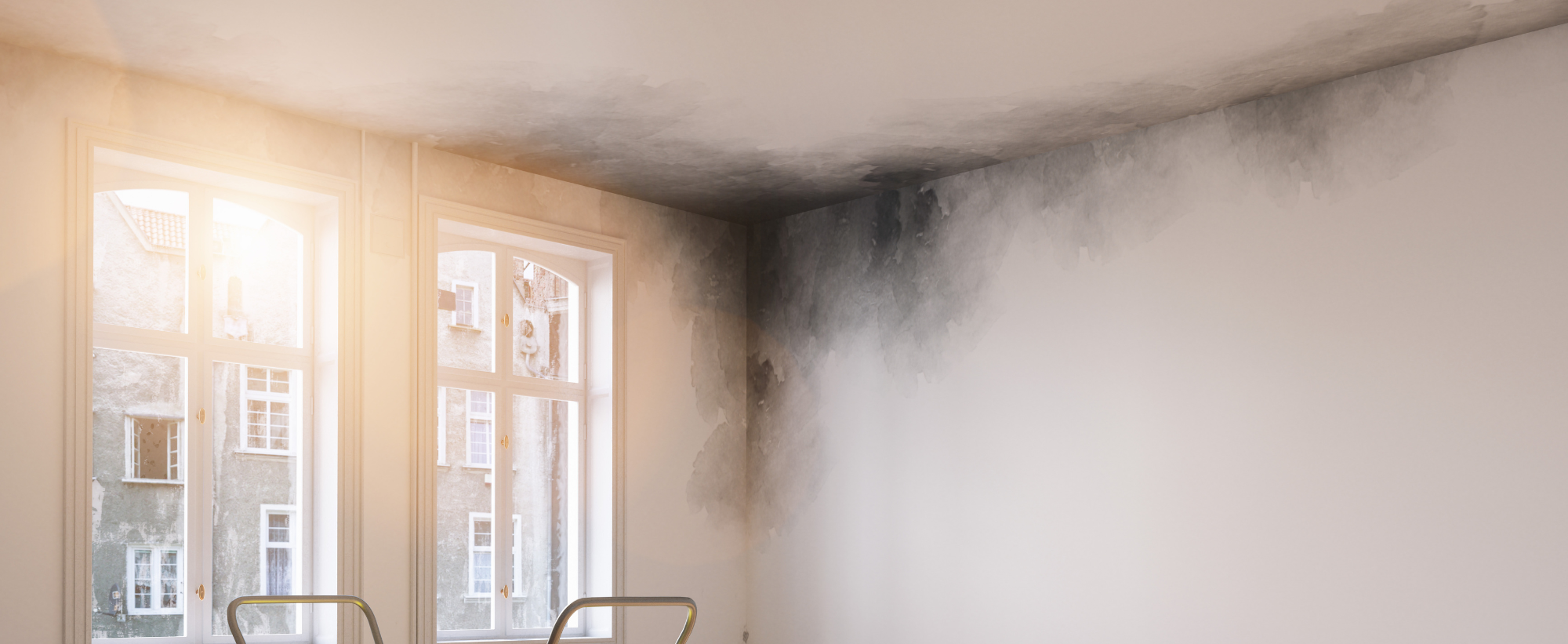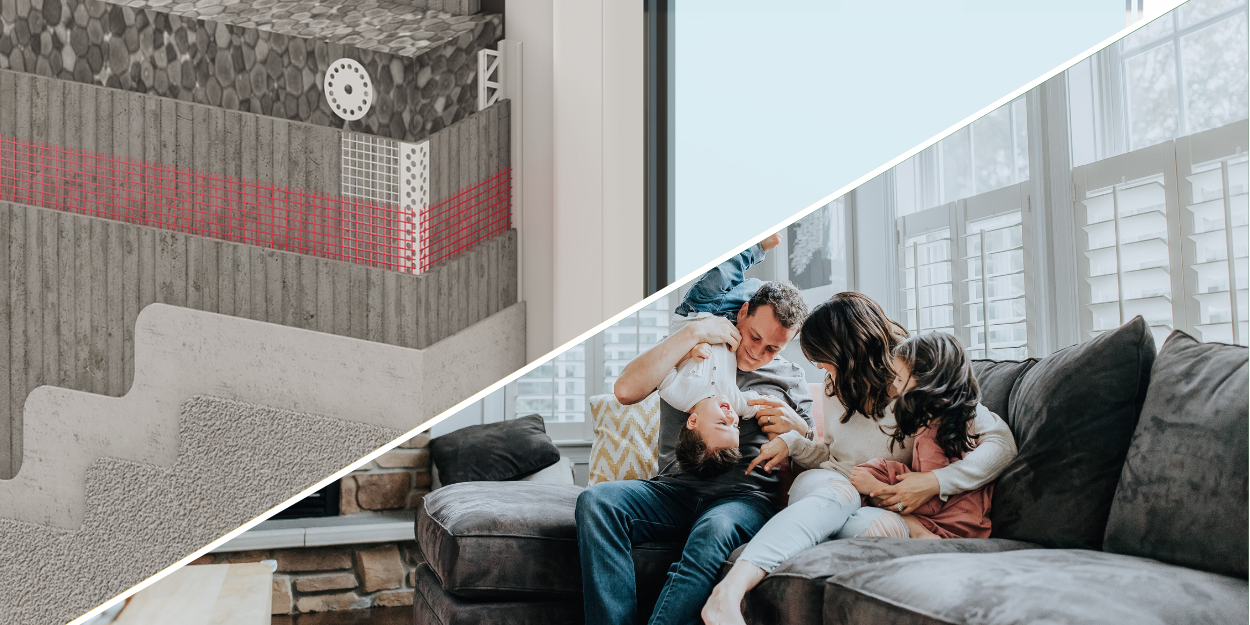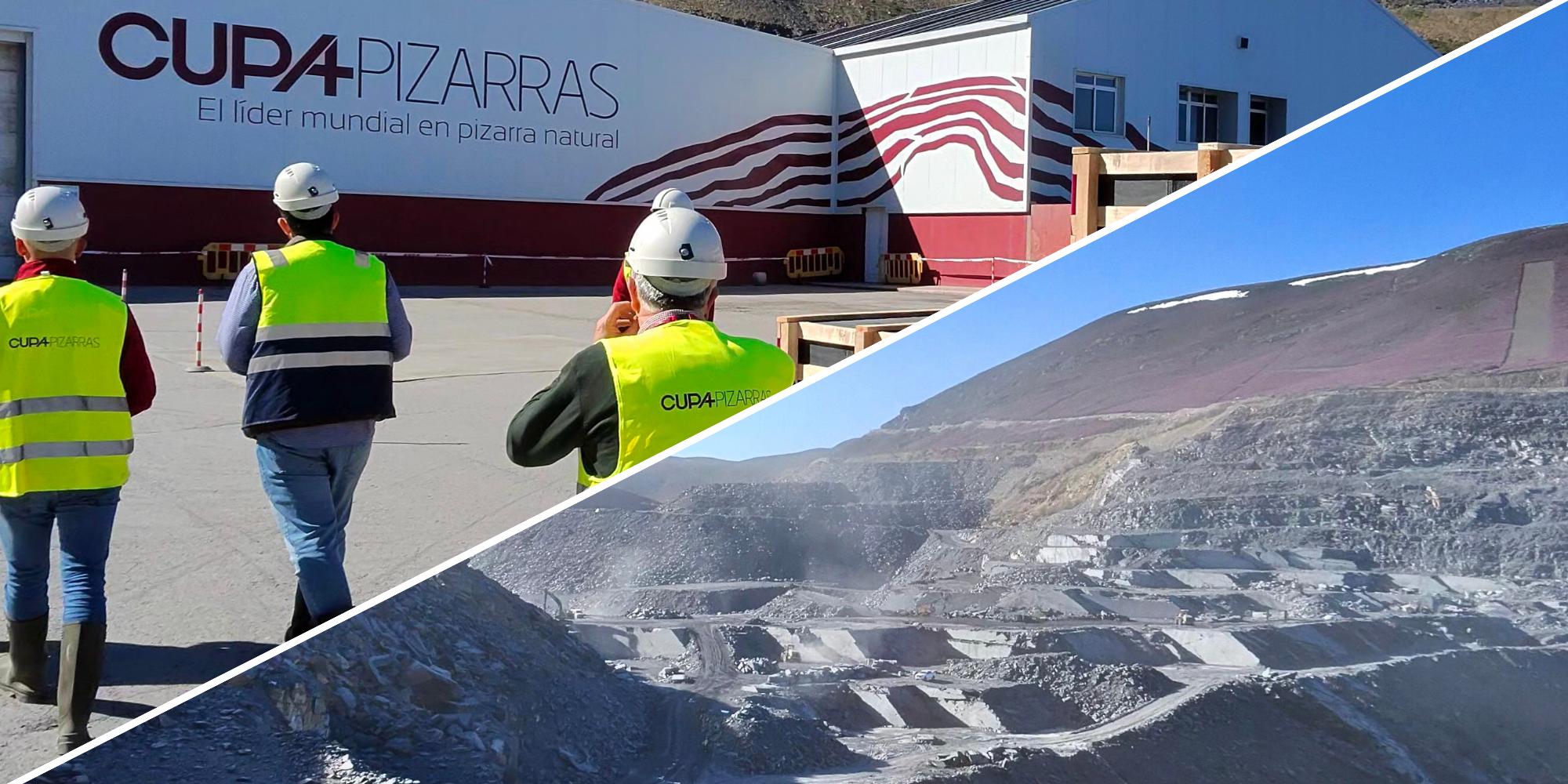One of the major issues found within the British housing stock, especially solid wall buildings, is dampness. This can present itself in several ways: water ingress, condensation, and rising damp, which can cause structural damage to the fabric of the property, unsightly staining, unpleasant odours, and health issues, such as Asthma. External wall insulation is a great solution to such issues, an effective way of protecting the building and improving your home’s overall energy efficiency.
External wall insulation, (EWI) is a multi-layered insulation and render system designed to be applied to the outside of a property providing both strong and robust protection against the elements, improving aesthetics whilst creating a warm cosy environment to live in. Here are some more details on how EWI works to protect a building from damp:
- Barrier against moisture: EWI provides a barrier between the external elements and the internal structure of the building. This barrier can help to keep rainwater out and reduce the risk of damp occurring. When EWI is installed, it is essential that a DPC is identified and is intact to prevent moisture from the ground rising which is known as rising damp. Therefore, it is imperative that a full survey of the property is carried out before any works are agreed
- Improved airtightness: EWI can help to improve the airtightness of the building by reducing or eliminating any thermal bridging that may be present. A thermal bridge is where cold moist air from outside penetrates a building and when it encounters the warmth of the house, also known as the dewpoint, condensation can form leading damp issues. The dewpoint is found in the outer 1/3 of a solid wall. However, if an EWI system is applied this point is automatically moved to the outside of the building eliminating any risk of condensation forming.
- Ventilation: Proper ventilation is essential and when combined with an EWI system is a great way of preventing damp in a building. EWI can help to improve ventilation by providing channels for air to flow through the walls. This can help to reduce the risk of moisture build-up and damp.
- Water Ingress: EWI provides a barrier from the external elements of both wind and rain, protecting the internal structure and fabric of the building.
- Durability: EWI is made from high-quality materials that are resistant to the elements and can withstand the wear and tear of daily life. This means that it can provide long-lasting protection for your building and prevent damp from occurring over time.
In conclusion, EWI is an effective way to protect a building from damp. It provides a barrier against moisture, improves airtightness, and when combined with ventilation offers the complete solution for any condensation/damp issues. EWI is also a durable solution that can provide long-lasting protection for your building.
Should you require any further information regarding EWI, the suitability of your property or require contact details of a Licata approved contractor. Please do not hesitate to contact us.



